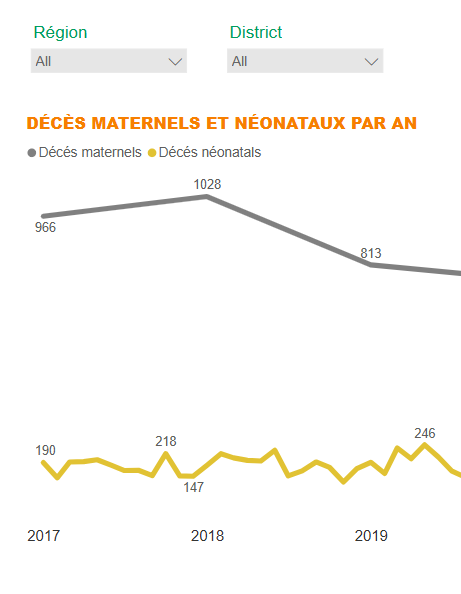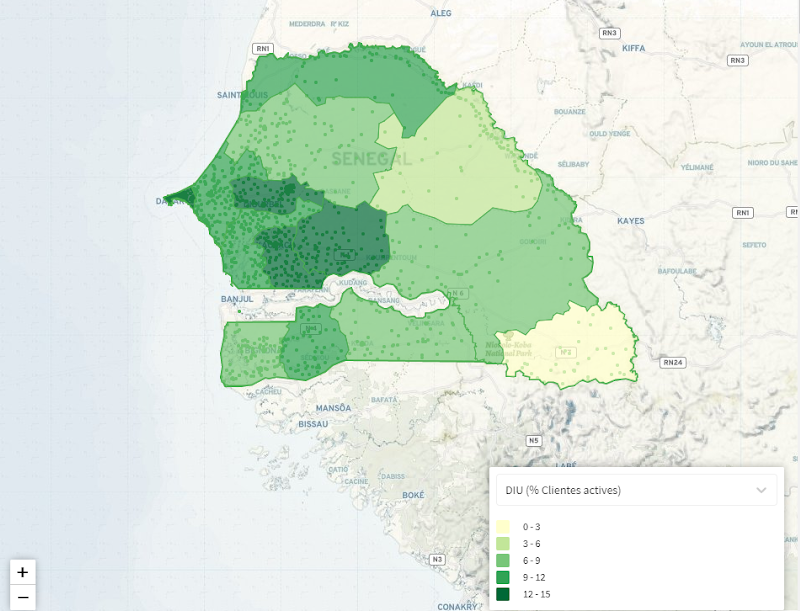Integrated data solutions that improve decision-making and service delivery.
Improved RMNCAH beneficiary tracking
Data integration and visualization for monitoring
Data analysis and predictive modeling for segmentation and forecasting
Effective Nutrition and RMNCAH programs rely on timely, connected data that follows individuals across life stages and levels of care. Yet, persistent gaps in data systems limit coordination, weaken decisions, and reduce impact for women and children.
Nutrition and RMNCAH data come from multiple sources—surveys, national health information systems, program reports, and partner databases—managed by different actors and stored in different formats. This fragmentation makes it difficult to generate a coherent picture of progress or coordinate action across sectors.
Data on service delivery, logistics, and accessibility are often disconnected. As a result, decision-makers struggle to align resources with actual demand or understand whether women and children can reach essential care.
Without real-time reporting, health workers and program managers cannot identify problems or adjust activities when it matters most.
Incomplete reporting from community health workers and outreach services leaves local realities invisible in national systems, weakening monitoring and planning.
In fragile or remote areas, poor connectivity and instability make data collection and follow-up difficult. Without resilient digital tools, beneficiaries risk being lost to follow-up and quality of care suffers.
Bluesquare improves beneficiary tracking by helping partners move from paper-based or fragmented systems to robust digital solutions built on platforms like DHIS2 or our in-house tool IASO. These systems enhance data visibility, accuracy, and timeliness from the ground up. They support on- and offline data collection, guide users through structured workflows, and connect multiple data sources for improved reliability. By enabling unique identification of individuals and integrating information across systems, programs gain stronger coordination, responsiveness, and overall quality of service delivery.
Bluesquare enhances data integration and visualization by helping governments and partners consolidate fragmented information into unified repositories built on platforms like DHIS2, OpenHEXA, or BI tools such as Superset, PowerBI, and Tableau. By merging data from health, logistics, environmental, and survey sources, these systems provide real-time, reliable insights for cross-sector monitoring and decision-making. Centralized and visualized through interactive dashboards and automated reports, the data supports early warning systems, better coordination, and more effective planning and resource allocation.

Bluesquare leverages data analysis and predictive modeling to turn integrated health datasets into actionable insights that guide smarter planning and resource allocation. Through advanced analytics, machine learning, and data quality reviews, we help partners identify disease hotspots, underserved populations, and service gaps while forecasting future needs. Our models are built as adaptable, reusable tools that can be easily updated with new data and applied across contexts, enabling governments and partners to move from ad hoc analyses to scalable, evidence-based decision-making.

Speak with a Bluesquare expert. Contact us now.
Public authorities
Ministries of Health, Social and Environmental Programmes, etc.
International organizations
World Health organization, UN agencies, etc.
Non-Governmental Organizations (NGOs)
International and in-country organizations